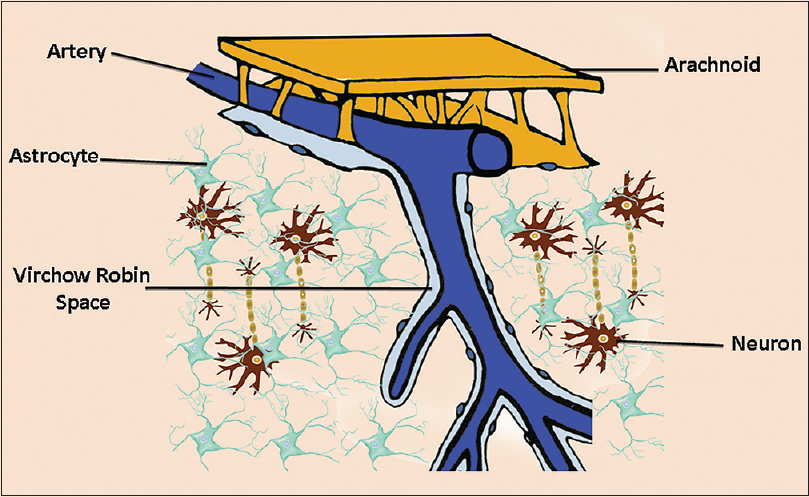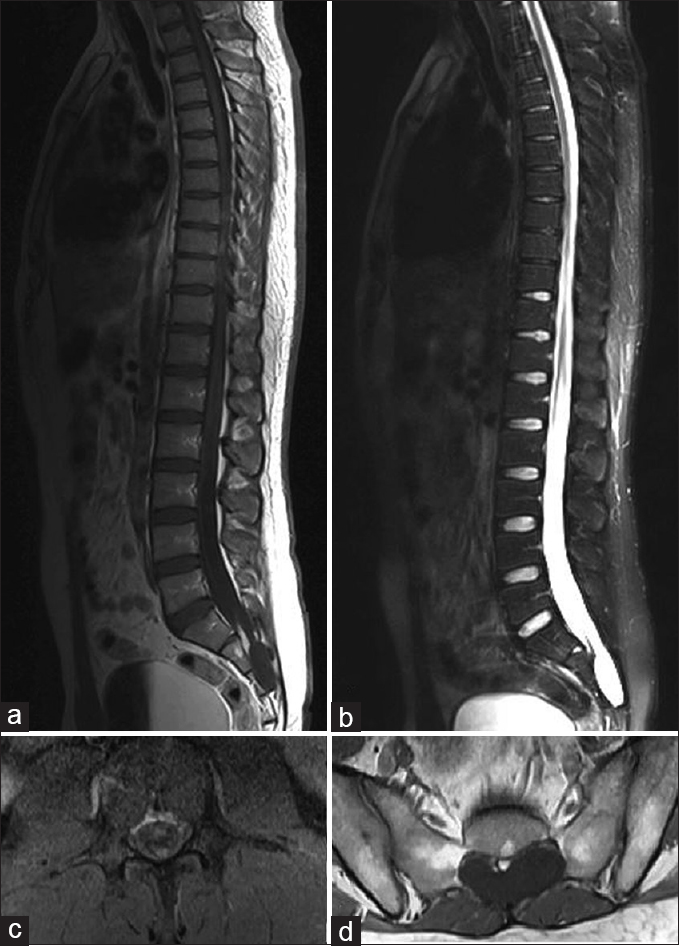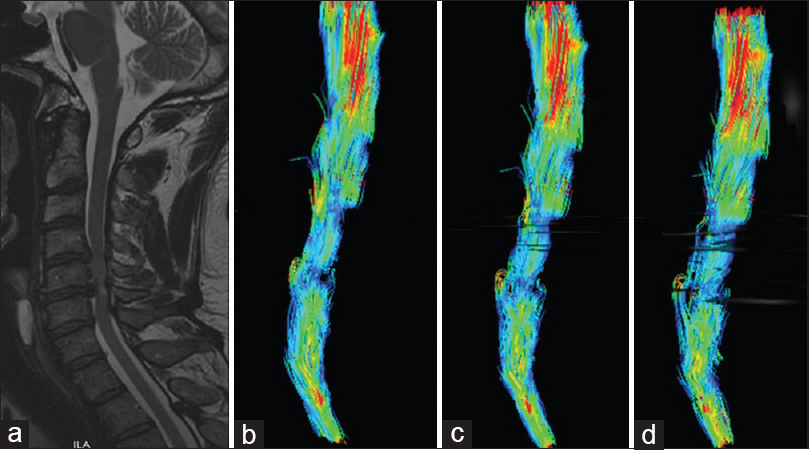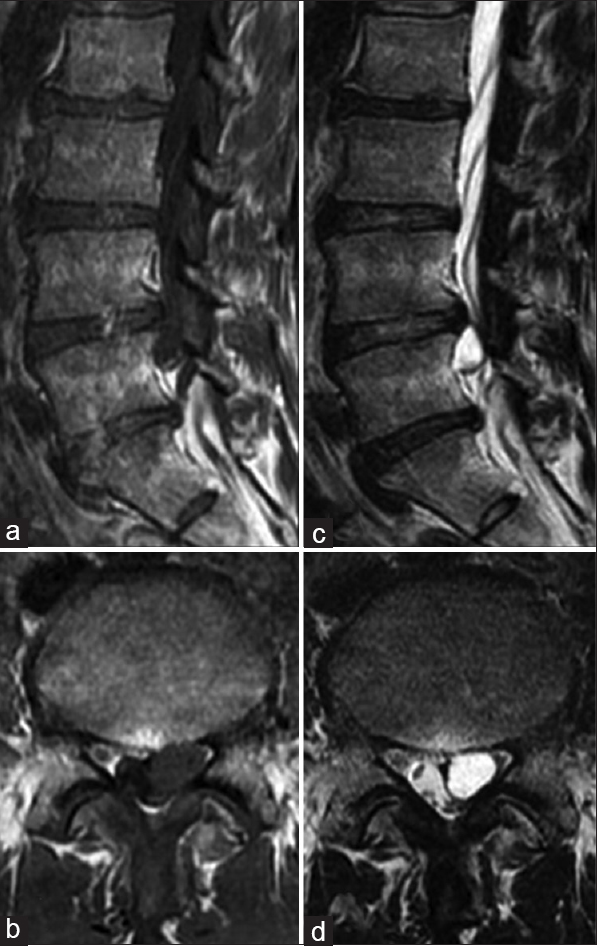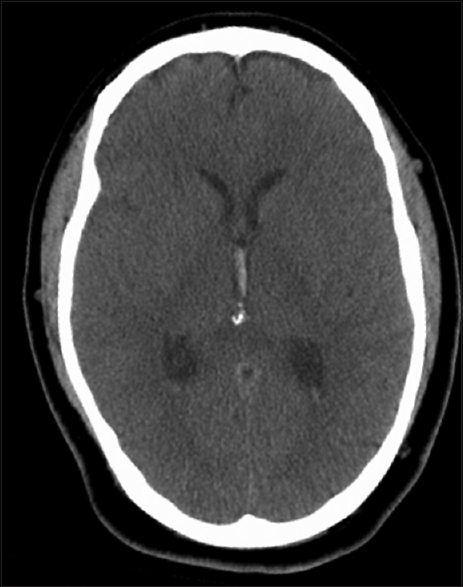Key perspectives on Woven EndoBridge device for wide-necked bifurcation aneurysms, endoscopic endonasal clipping of intracranial aneurysms, retrosigmoid versus translabyrinthine approaches for acoustic neuromas, and impact of local intraoperative steroid administration on postoperative dysphagia following anterior cervical discectomy and fusion
Date of publication: 07-Oct-2016
Neurosurgery concepts: Key perspectives on intrathecal fluorescein for detecting intraoperative cerebrospinal fluid leak during endoscopic endonasal surgery, spinal intraarterial chemotherapy, oligoastrocytoma classification by in situ molecular genetics, and prenatal myelomeningocele closure and the need for cerebrospinal fluid shunt placement
Date of publication: 07-Oct-2016
Exploring the Virchow–Robin spaces function: A unified theory of brain diseases
Date of publication: 07-Oct-2016
Background:Cerebrospinal fluid (CSF) transport across the central nervous system (CNS) is no longer believed to be on the conventional lines. The Virchow–Robin space (VRS) that facilitates CSF transport from the basal cisterns into the brain interstitial fluid (ISF) has gained interest in a whole new array of studies. Moreover, new line of evidence suggests that VRS may be involved in different pathological mechanisms of brain diseases.
Co-existing spinal intradural ependymal cyst and sacral Tarlov cyst in adult-onset tethered cord syndrome with syringomyelia: Case report and literature review
Date of publication: 22-Sep-2016
Background:Synchronous spinal intradural ependymal cysts and sacral Tarlov cysts in adult onset tethered cord syndrome are extremely rare.
Diagnostic potential of the diffusion tensor tractography with fractional anisotropy in the diagnosis and treatment of cervical spondylotic and posttraumatic myelopathy
Date of publication: 22-Sep-2016
Background:Diffusion tensor imaging (DTI) is a magnetic resonance imaging (MRI)-based methodology widely used for the evaluation of microstructural integrity of the central nervous system (CNS), particularly of brain white matter fibers and bundles.
Transition of a herniated lumbar disc to lumbar discal cyst: A case report
Date of publication: 22-Sep-2016
Background:Another rare cause of lower back pain with radiculopathy is the discal cyst. It is believed to arise from degeneration of a herniated disc, although many other theories of its origin have been proposed. Here, we report a patient with lower back pain/radiculopathy attributed originally to a herniated lumbar disc, which transformed within 6 months into a discal cyst.
Extreme lateral lumbar interbody fusion: Do the cons outweigh the pros?
Date of publication: 22-Sep-2016
Background:Major factors prompted the development of minimally invasive (MIS) extreme lateral interbody fusion (XLIF; NuVasive Inc., San Diego, CA, USE) for the thoracic/lumbar spine. These include providing interbody stabilization and indirect neural decompression while avoiding major visceral/vessel injury as seen with anterior lumbar interbody fusion (ALIF), and to avert trauma to paraspinal muscles/facet joints found with transforaminal lumbar interbody fusion (TLIF), posterior lumbar interbody fusion (PLIF), and posterior-lateral fusion techniques (PLF). Although anticipated pros of MIS XLIF included reduced blood loss, operative time, and length of stay (LOS), they also included, higher fusion, and lower infection rates. Unanticipated cons, however, included increased morbidity/mortality rates.
Cervical spine surgery performed in ambulatory surgical centers: Are patients being put at increased risk?
Date of publication: 22-Sep-2016
Background:Spine surgeons are being increasingly encouraged to perform cervical operations in outpatient ambulatory surgical centers (ASC). However, some studies/data coming out of these centers are provided by spine surgeons who are part or full owners/shareholders. In Florida, for example, there was a 50% increase in ASC (5349) established between 2000–2007; physicians had a stake (invested) in 83%, and outright owned 43% of ASC. Data regarding “excessive” surgery by ASC surgeon-owners from Idaho followed shortly thereafter.
Effect of spinal cord compression on local vascular blood flow and perfusion capacity by Alshareef M, Krishna V, Ferdous J, Aishareef A, Kindy M, Kolachalama VB, et al.
Date of publication: 22-Sep-2016
Background:Different degrees of blood flow/vascular compromise occur with anterior, posterior, or circumferential spinal cord compression/spinal cord injury (SCI). SCI is also divided into primary and secondary injury. Primary SCI refers to the original neurological damage to tissues, whereas secondary injury reflects interruption of normal blood flow leading to further inflammatory response/other local changes which contribute to additional neurological injury.
Delayed hydrocephalus associated with traumatic atlanto-occipital dislocation: Case report and literature review
Date of publication: 22-Sep-2016
Background:Traumatic atlanto-occipital dislocation (AOD) is a rare but often fatal injury. Consequently, long-term data regarding surviving patients have been limited. In particular, the occurrence of hydrocephalus is not well-documented.


